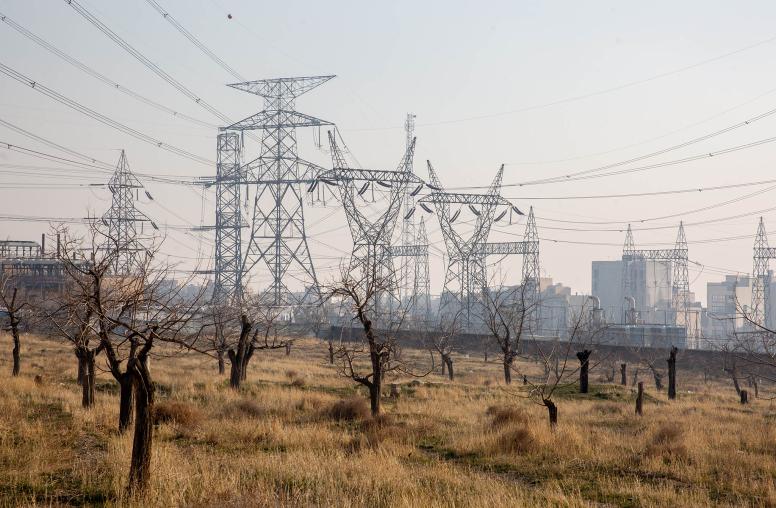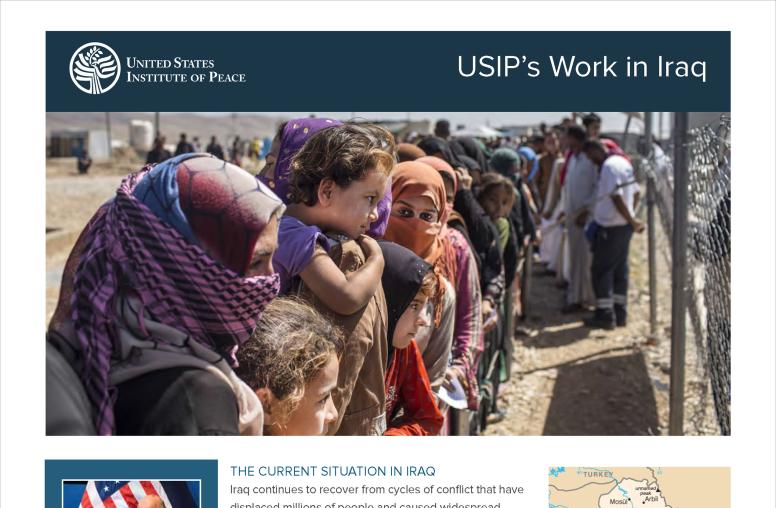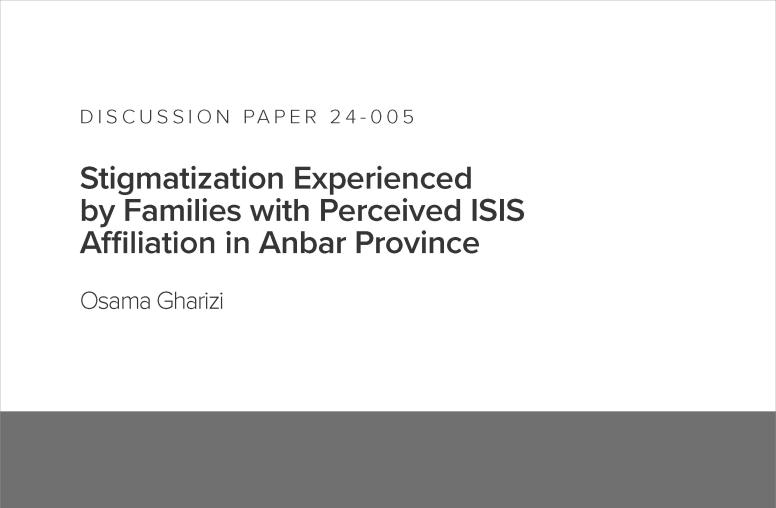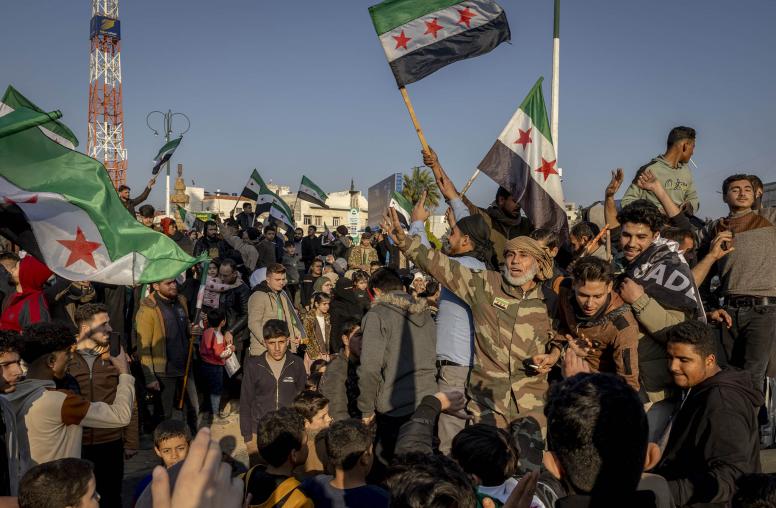Retired U.S. Army Colonel John Laganelli served as the deputy commander of the 10th Mountain Division’s 2nd Brigade Combat Team in Mahmoudiya, Iraq, in 2007. He helped lead his unit in partnering with the U.S. Institute of Peace and Iraqi counterparts to halt local factional warfare and bring peace to a region known as the “Triangle of Death.” Laganelli wrote this essay from his home in Florida.

Memorial Day for some is the unofficial start of summer. For others, it’s the day the pools open and for others still, a time to remember those service members who’ve given their lives to protect our country.
I prefer the latter. Three decades in the military has fostered a deep and personal understanding in me of the heavy price of freedom. The ongoing conflicts that our nation has endured since 9/11 illustrate the need for people willing to sacrifice for the greater good.
History has demonstrated adequately the difficulties of achieving peace—and, more importantly, lasting peace. Recent history has put a finer point on that lesson.
In 2006 and 2007, when the 2nd Brigade, 10th Mountain Division (Commando) deployed to Iraq, 54 Commando soldiers gave their lives and 270 more were wounded. The brigade experienced on average 115 attacks a week and a portion of its area of operations was referred to as “The Triangle of Death.” However, by the end of the deployment, attacks were down to an average of 28 per week. From July 17, 2007, the brigade hadn’t lost a single soldier to hostile fire.
That reduction in warfare, and lives lost, was not accidental. During that deployment, the Commando Brigade partnered with USIP to facilitate a peace process, which culminated in a three-day gathering, in October 2007, of influential tribal sheiks from the Mahmoudiya District (Qada’a). That meeting would demonstrate that more than military power is required to end warfare.
The sheikhs’ goals were to consider the situation among the population of the Qada’a, to project objectives for Mahmoudiya over the next three years and to suggest courses of action that would enable the tribes to help the Qada’a move forward, to the benefit of all its people.
That dialogue laid a foundation for a peaceful reconciliation and the creation of an environment where coexistence, rule of law, governance, economic development, social well-being and security would reign over volatility, anarchy, and the influence of malign actors. In recent years, Mahmoudiya’s tribal and civic leaders have credited that 2007 agreement with helping their community rebuff the attempt by ISIS to extend its rule in their area.
In any violent conflict, military action may create the conditions for security, some economic development, and the beginnings of normalcy. But building a lasting peace requires skill sets, relationships, and knowledge not routinely resident in a military formation. In the right environment, the civilian-military partnership between USIP and 2-10 Mountain was, and is, a model for sustained security and enduring normalcy.
So what does all this have to do with remembering the ultimate sacrifice of American soldiers on Memorial Day? While nothing can ever fully heal the pain of families who lost loved ones in any conflict, commemorating those sacrifices with our living commitment to peace, may prevent other families from having to experience that loss. That is an alternative worth pursuing. As we remember our fallen this Memorial Day, I encourage all associated with the U.S. Institute of Peace to remain dedicated to your tenet that a world without violent conflict is possible, practical, and essential for U.S. and global security.




